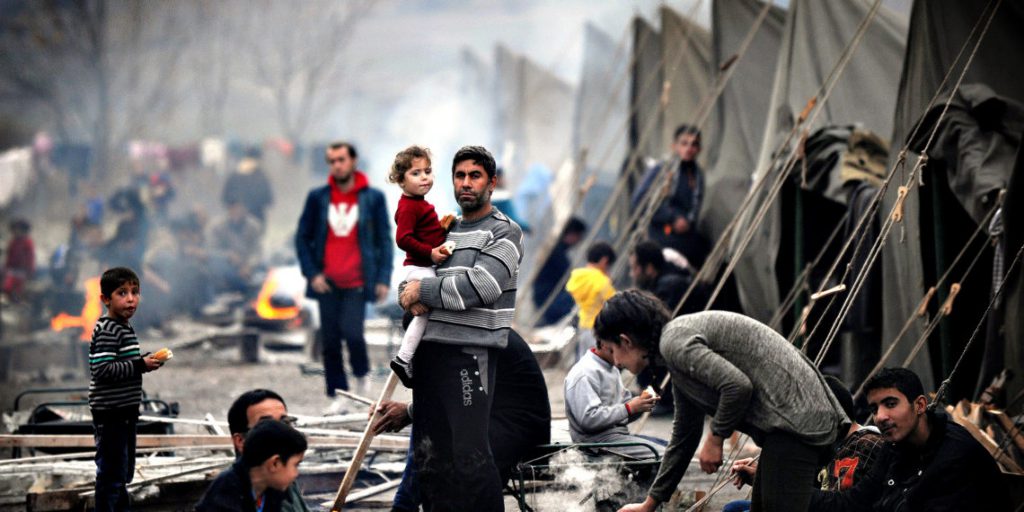Do read a brief article on the threats that the virus will have on the internally displaced people in Syria.
Impact of Covid-19 on People Fleeing the Syrian Conflict
Posted on by Claire Cosgrove
The Director of Mercy Corps Syria, Kieren Barnes, spoke with Global Citizen to address the issue of internally displaced people in Syria and the impact that Covid-19 has on some of the world’s most vulnerable people.
First we as readers need to understand the nature of the Covid-19 impact, how Covid-19 is impacting aid workers in the area, and inform the international community how individuals can help these people. These people are internally displaced within their own country as they had fled the conflict that has been on-going for 9 years.
Mercy Corp provides clean water, hygiene kits, food and cash so people can purchase health supplies and other essential items.
With the outbreak of Covid-19, new challenges and difficulties surfaced. Covid-19 could have major devastating effects in northwestern Syria. Social distancing is almost impossible in the refugee camps. But it is essential to at least attempt to get the mandatory spacing when the people are lining up or queuing for aid. As administrators or facilitators in the camps, spraying and disinfecting is feasible. The camp facilitators can also wear PPE clothing.
Most critical is actually informing the people of how they can protect themselves with simple doable action, such as distancing. How the virus is transmitted is vital information that everyone needs to be aware of to help protect themselves.
The issue is that in these camps, the population is so high, that so is the density factor. Safe hygiene is a massive challenge for people who are fleeing for their very lives. Access to clean water is a luxury and soap is so precious for people living in refugee camps
To help the people in their fight for survival, they need a higher allocation of water per family, the soap allocation must be increased, and there is an urgent need for more water storage tanks. In addition, there is need for more latrines. All basics. There are no luxuries in their list of needs.
Their whole existence is a challenge under non-Covid conditions. But now with the threat of Covid-19, this I an additional layer of complexity. These are some of the most susceptible people to illnesses, absolutely crammed into very restrictive and confining living quarters with highly risky living conditions. One could not paint a more negative picture for people who are living almost solely on a meager portion of hope.
There are over 1 million Syrians on the run within their own country. This population will move on there is another bombing or after a incident of more shelling. But they cannot see the other enemy that is also threatening their lives.
The coronavirus is coming under various levels of control in the developed sectors of the globe. That the global threat to health is lessening but not so at national levels in various countries across the globe. And the economic threat will be a huge shadow over the globe. But what about those nations threatened at levels beyond the national capability to handle. Who will look out for these people?
As has been seen time and time again, it is the most vulnerable people who are most affected by these pandemics and epidemics. Peoples whose lives are already fragile due to local circumstances and stretched beyond imaginable limitations as in this present situation. People in conflict zones, in refugee status already crammed in refugee camps, subsistence lifestyles are crippled, the people are starving.
Which do they fear more – coronavirus or starvation?.
They just might miss or avoid infection from the pandemic but they are not able to avoid starvation.
Their last hope. Their last plea. Their last mouthful.
